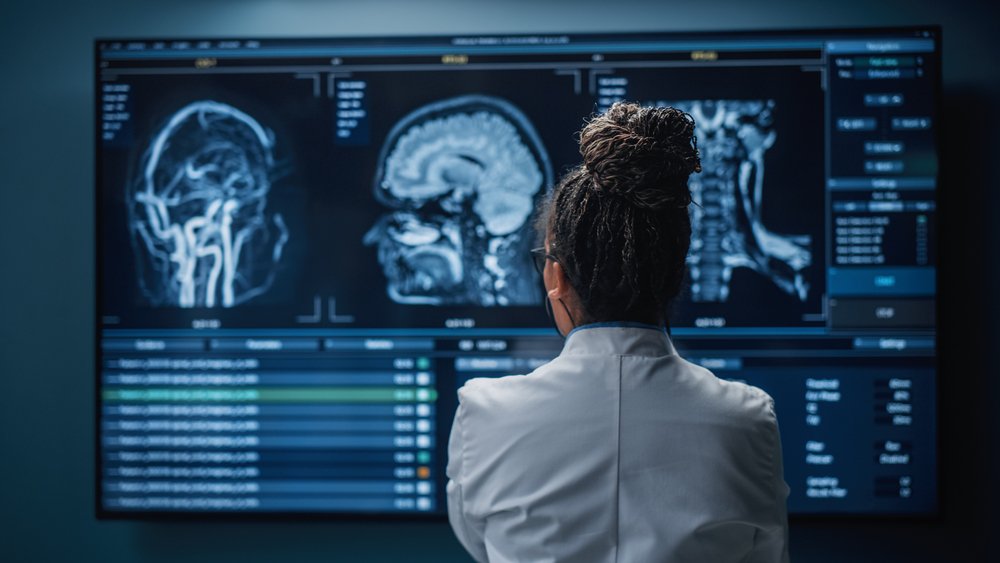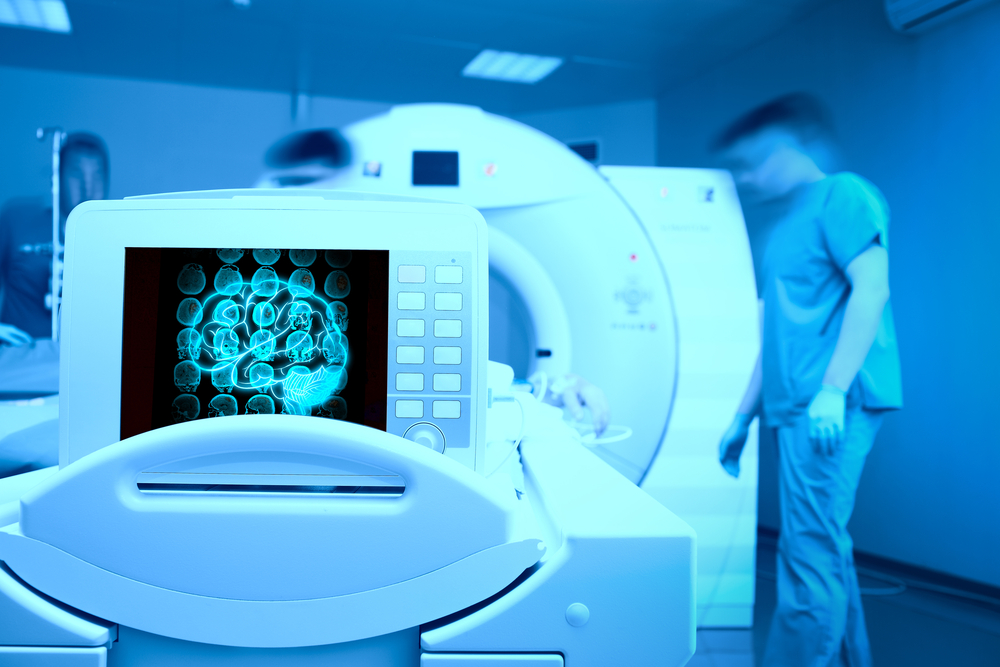Benefit of Mri
Category : Non-Verbal Communication
Magnetic Resonance Imaging (MRI) has revolutionized the field of medical diagnostics, offering a multitude of benefits for both patients and healthcare providers.
This article explores the various advantages of MRI, including enhanced diagnostic accuracy Accentrix Malaysia, non-invasive imaging, detailed visualization of soft tissues, and multi-planar imaging capabilities.
Additionally, it highlights the crucial role of MRI in evaluating brain and spinal cord disorders.
By utilizing this advanced imaging technique, medical professionals can obtain comprehensive and precise information, leading to improved patient care and treatment outcomes.

Enhanced Diagnostic Accuracy
Enhanced diagnostic accuracy is one of the key advantages of utilizing MRI imaging technology. MRI, or Magnetic Resonance Imaging, allows for detailed visualization of soft tissues and organs, providing a more accurate diagnosis compared to other imaging modalities https://www.accentrix.com.my/. This advanced technology uses powerful magnets and radio waves to generate high-resolution images, allowing healthcare professionals to detect abnormalities that may not be visible with other imaging techniques.
Additionally, MRI offers improved patient comfort compared to traditional diagnostic methods. Patients no longer have to endure uncomfortable procedures or invasive techniques. MRI scanners are designed to accommodate individuals of varying sizes, ensuring a comfortable experience for all patients. Moreover, the development of open MRI machines has further enhanced patient comfort, as they offer a more spacious and less claustrophobic environment.
Another advantage of MRI is shorter scan times. Technological advancements have significantly reduced the time required for an MRI scan. This means patients spend less time in the scanner, reducing anxiety and discomfort associated with longer procedures.
Non-Invasive Imaging
Non-invasive imaging techniques, such as MRI, provide valuable insights into the human body without the need for invasive procedures. MRI, or Magnetic Resonance Imaging, utilizes a strong magnetic field and radio waves to generate detailed images of the body’s internal structures.
One of the key advantages of MRI is its ability to produce high-resolution images, allowing for better visualization of anatomical details. This makes it a valuable tool in the diagnosis and monitoring of various conditions, including cancer, neurological disorders, and musculoskeletal injuries.
Moreover, MRI is non-ionizing, meaning it does not expose patients to harmful radiation like other imaging modalities such as CT scans. This makes it a safer option, especially for pregnant women and children.
The applications of MRI are vast, ranging from detecting tumors and lesions to evaluating blood flow and organ function. Its non-invasive nature and versatility make MRI an indispensable tool in modern medicine.
Detailed Visualization of Soft Tissues
The ability of MRI to generate high-resolution images allows for detailed visualization of soft tissues within the human body. This imaging technique has revolutionized the field of medicine by providing clinicians with a non-invasive and highly accurate method to assess and diagnose various conditions.
High resolution imaging enables healthcare professionals to detect subtle abnormalities and evaluate the extent of tissue damage or disease progression. By obtaining clear and precise images of soft tissues, MRI helps in planning and guiding surgical interventions, evaluating treatment responses, and monitoring disease progression. This level of detail allows for improved patient outcomes as clinicians can make more informed decisions regarding patient care.
Furthermore, high-resolution MRI images can also aid in early detection of diseases, enabling timely intervention and potentially increasing the chances of successful treatment.

Multi-Planar Imaging Capabilities
MRI’s multi-planar imaging capabilities allow for a comprehensive evaluation of soft tissues. This enables healthcare professionals to accurately assess anatomical structures from different angles. With the use of advanced imaging techniques such as multi-planar reconstructions, MRI provides a three-dimensional view of the body. This allows for a thorough assessment of soft tissue abnormalities.
This imaging modality has revolutionized the field of radiology. It provides detailed visualization and characterization of various pathologies. By acquiring images in multiple planes, MRI offers a comprehensive assessment of soft tissues, including muscles, tendons, ligaments, and organs. This allows for the detection of subtle abnormalities that may not be visible with other imaging modalities.
The ability to view structures from different angles enhances diagnostic accuracy. This allows healthcare professionals to make informed decisions regarding patient management. Overall, the multi-planar imaging capabilities of MRI have significantly improved the diagnostic capabilities in medicine. They provide freedom in accurately assessing and diagnosing soft tissue conditions.
Evaluation of Brain and Spinal Cord Disorders
Evaluation of brain and spinal cord disorders is facilitated by the ability of MRI to provide detailed images of these structures, enabling healthcare professionals to accurately diagnose and monitor conditions affecting the central nervous system.
MRI offers a non-invasive and safe method for assessing tumor growth and detecting vascular abnormalities in the brain and spinal cord. The high-resolution images produced by MRI allow for the visualization of subtle changes in tissue morphology and blood flow. This is particularly useful in the assessment of tumor growth, as MRI can identify the size, location, and extent of the tumor, aiding in treatment planning and monitoring.
Additionally, MRI can detect vascular abnormalities such as aneurysms, arteriovenous malformations, and vascular stenosis, which can have significant implications for patient management.
Overall, MRI plays a crucial role in the evaluation of brain and spinal cord disorders, providing valuable information for healthcare professionals and ensuring appropriate and timely interventions.
Conclusion
In conclusion, MRI offers numerous benefits in the field of medical imaging.
It enhances diagnostic accuracy by providing detailed visualization of soft tissues and offering multi-planar imaging capabilities.
Moreover, MRI is a non-invasive imaging technique that allows for the evaluation of brain and spinal cord disorders.
Its objective and scientific nature make it a valuable tool in the medical field, aiding in accurate diagnoses and treatment planning.




